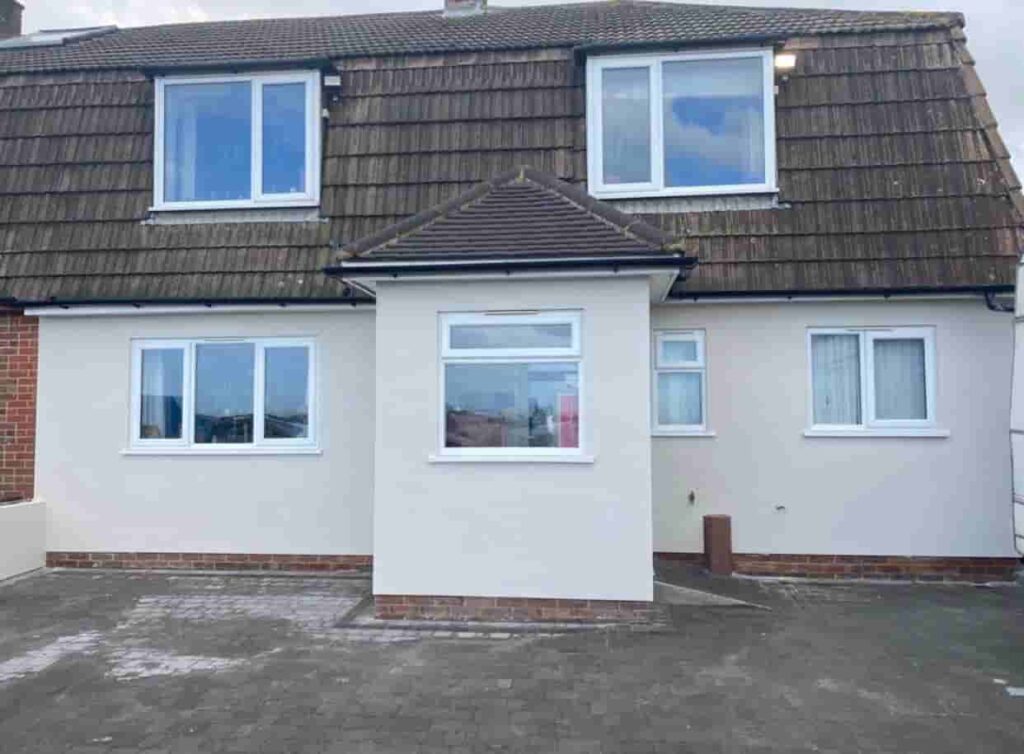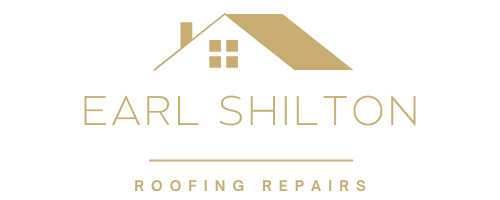Your commercial roof plays a vital role in protecting your property, employees, and assets from the elements. A well-maintained roof ensures the safety and comfort of your building while preventing damage and potential disruptions to your business. However, like all components of your property, your roof will eventually reach the end of its lifespan, and knowing when to replace it is crucial for maintaining the integrity of your building.
In this blog post, we will discuss the key signs that indicate your commercial roof may need replacing and how timely roof replacement can save you money in the long run.
1. Age of the Roof
The first factor to consider when assessing whether your commercial roof needs replacing is its age. Roofs are designed to last for a certain number of years, and over time, the materials naturally degrade, making them less effective at protecting your property.
- Flat Roofs: Typically, flat roofs last between 10-20 years, depending on the material used (such as EPDM rubber, bitumen, or PVC).
- Pitched Roofs: Pitched roofs made of tiles or slates can last up to 50 years or more with proper maintenance.
If your roof is nearing the end of its expected lifespan, it’s essential to have it inspected by a professional roofing contractor to assess its condition and determine whether replacement is necessary.
2. Visible Signs of Damage
One of the most obvious signs that your commercial roof needs replacing is visible damage. Roof damage can manifest in various ways, and if left unchecked, these issues can lead to leaks, water damage, and costly repairs.
Here are some common types of roof damage to look out for:
- Cracked or Missing Tiles or Slates: Broken or missing roofing tiles or slates can leave the roof vulnerable to water penetration.
- Blistering or Bubbling: These can occur on flat roofs when the roofing material is weakened or damaged, creating pockets of air under the surface.
- Sagging Areas: A sagging roof often indicates structural damage, such as rotting wood or water pooling.
- Granule Loss (for Asphalt Shingles): If you notice excessive granules in your gutters or downpipes, this could indicate that the shingles are deteriorating, which will reduce their effectiveness.
Any visible damage should be addressed promptly to prevent further deterioration and potential leaks that could affect the interior of your commercial building.
3. Leaking and Water Damage
A leaking roof is one of the most significant indicators that your commercial roof may need replacing. While minor leaks can often be repaired, repeated or widespread leaks are a strong sign that your roof is no longer performing as it should.
Water damage inside your building, such as stained ceilings, mould growth, or damp walls, can indicate that your roof is no longer providing adequate protection. If you’re experiencing consistent leaks or water pooling, it’s time to call a roofing professional to evaluate whether a complete replacement is necessary.
4. Higher Energy Bills
Your roof plays a significant role in your building’s insulation. If your roof has become damaged or degraded, it can compromise the energy efficiency of your building, leading to higher heating and cooling costs.
If you notice that your energy bills have been steadily increasing despite maintaining your heating or cooling systems, it may be due to air leaks or poor insulation caused by roof damage. Replacing your roof with a more energy-efficient material, such as reflective roofing or proper insulation, can help reduce these costs in the long term.
5. Frequent Roof Repairs
If you find yourself calling a roofing contractor every few months for repairs, it’s a sign that your roof is no longer in good condition. Constant repairs are not only time-consuming but also expensive. In many cases, repeatedly patching up a deteriorating roof is a temporary fix that may only delay the inevitable.
When the costs of frequent repairs begin to outweigh the cost of replacement, it’s time to consider a full roof replacement. Investing in a new roof can provide long-term value and peace of mind, knowing that you won’t have to worry about frequent leaks or roof failures.
6. Deteriorating Roof Flashing
Roof flashing is used to seal the areas where your roof meets walls, chimneys, or vents. Over time, flashing can become damaged or corroded, leading to leaks and water damage. If the flashing on your commercial roof is deteriorating or rusting, it could be a sign that your roof needs replacing, especially if the damage is widespread.
Even if only the flashing is damaged, replacing the entire roof may be necessary to ensure that all areas are properly sealed and protected.
7. Moss and Algae Growth
Moss and algae growth on a roof are signs that moisture is being trapped on the surface, which can lead to long-term damage. While moss is typically harmless in small quantities, large patches can indicate that water is not draining properly and may be causing damage to the underlying roofing materials.
If your roof is covered with moss, algae, or other organic growth, it may be time to replace it to avoid further deterioration and ensure proper drainage.
8. Conclusion
Determining when your commercial roof needs replacing is crucial for maintaining the safety, energy efficiency, and longevity of your building. From visible damage and leaks to high energy bills and frequent repairs, these signs can indicate that your roof is no longer performing as it should. In such cases, investing in a roof replacement can save you money and prevent further damage in the long run.
If you suspect that your roof is reaching the end of its lifespan or showing signs of significant damage, contact a professional roofing contractor like Earl Shilton Roofing Repairs for an inspection. We can assess your roof’s condition and provide expert advice on whether a replacement is the best option for your property.
Get in touch today to schedule a consultation, and ensure that your commercial roof remains in top condition for years to come.
Call us on: 01455 249 592
Click here to find out more about Earl Shilton Roofing Repairs
Click here to complete our contact form and see how we can help with your roofing needs.

